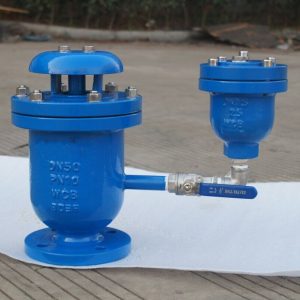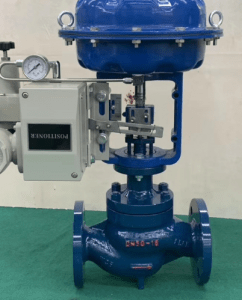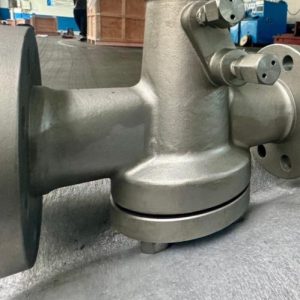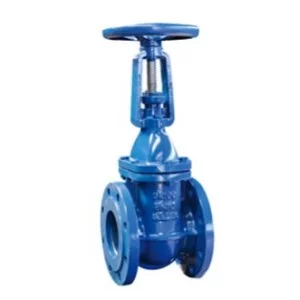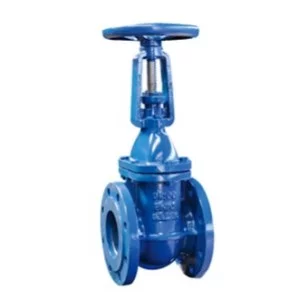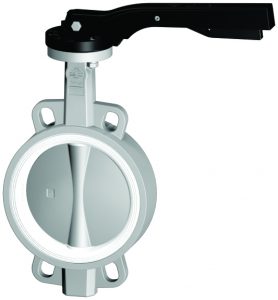Our Shop
Contact us for all your questions and requirements
DIN RISING STEM GATE VALVE MANUFACTURERS IN GERMANY
Valvesonly Europe top DIN rising stem gate valve manufacturers in Germany, provides excellent DIN Rising stem gate valves for commercial use. The valves are suitable for many industries, such as power plants, water treatment, chemical processing, and oil and gas, since they are designed to give precise visual indication of valve position along with effective fluid control.
By satisfying the specifications of the Deutsches Institut für Normung (DIN), a DIN rising stem gate valve provides high quality, durability, and suitability with European pipe systems. Greater control and reliability are achieved by the rising stem mechanism, allowing it to be simpler to find out if the valve is in an open or closed position.
Why is it needed?
Where there is a requirement for the clear visual representation of valve status, DIN Rising Stem Gate Valves are required. It can be easily checked by the operator whether the valve is open or closed by using the rising stem mechanism. These valves are best suited for application in high-pressure pipes and industrial systems involving gases and fluids because they are designed to provide a snug fit and reduce pressure loss. German manufacturers of DIN Rising Stem Gate Valves manufacture the valves to strict safety and performance criteria, and they are known to be reliable in harsh environments.
What is the Working of a DIN Rising Stem Gate Valve?
When an opening stem gate valve is opened or closed, the stem appears to move up and down with the help of a linear motion mechanism. The below constitute the operation principle:
Opening the Valve: The stem moves upwards as the actuator or handwheel is
rotated, which forces the gate (parallel disc or wedge) upwards to permit free flow of fluid.
Closing the Valve: In order to completely close the flow, the stem lowers the gate when it descends.
Visual Indication: Proper operation is facilitated by the indication of the clear valve position by the rising stem.
Sealing Mechanism: For leak-proof performance and long service life, the valve applies soft or metal-to-metal sealing.
DIN rising stem gate valves are ideal for applications involving precise fluid control as well as applications involving high temperature and pressure resistance.
Benefits:
Easy Position Indication: The visible stem movement makes it simple to ascertain the valve status.
Low Fluid Resistance: The full-bore construction guarantees smooth and high-flow rate fluid flow.
Sure Shut-Off: Provides less leakage and pressure loss with a tighter seal.
Long Life: Made of corrosion-resistant high-grade materials, e.g., ductile iron, stainless steel, and cast iron.
Ideal for High-Temperature Processes: capable of performing operations with high pressure and temperature.
Low maintenance: minimal moving parts and a sleek design mean low maintenance.
Functions:
Fluid flow On/Off control.
Accurate control of flow.
Isolation of pipeline sections.
Pressure and temperature control.
Parts:
Valve Body: Made of cast iron, ductile iron, carbon steel, or stainless steel.
Gate (Wedge or Parallel Disc): Controls the flow of fluids.
Rising Stem: Provides visual indication of valve position.
Bonnet: Covers the stem and sealing components.
Seals & Gaskets: Prevent leakage.
Actuator/Handwheel: Used to manually or automatically operate the valve.
Classes of DIN Rising Stem Gate Valves:
Solid Wedge Gate Valve: Best used in high-pressure and temperature applications.
Flexible Wedge Gate Valve: Offers better sealing and is capable of thermal expansion.
Double Disc Gate Valve: Provides close shut-off with minimal wear on sealing surfaces.
Bellow Sealed Gate Valve: Employed in applications with toxic fluids, leakage prevention.
Pressure Seal Gate Valve: Utilized in oil and high-pressure steam lines.
Flanged Rising Stem Gate Valve
Bolted Bonnet Rising Stem Gate Valve
Difference between Rising Stem and Non- Rising Stem gate valve:
Both the valves perform the same task, but with different design and operation.
Stem Movement: The stem goes up vertically when the valve is operated in rising stem gate valves, while the stem rotates to open the valve in non-rising stem gate valves.
Visibility: Rising stem gate valves provide a visible clear indication of the valve position with respect to stem movement, while there is no visible indication of the valve position with respect to stem movement outside the valve in non-rising stem gate valves.
Construction: In both of these, the stem is fixed directly on the gate; however, in rising stem gate valves, its movement results in the movement of the gate, but in non-rising stem gate valves, the stem revolves within the bonnet and is connected to the gate internally.
Design: Rising stem gate valves are typically used for operations in which valve position indication is visually important, i.e., manual operations or where sufficient space exists for vertical stem movement. Non-rising stem gate valves would be suitable in those applications where vertical space is minimal or external visibility of stem travel is not required.
Where are these used?
Wastewater Treatment.
Chemical industry.
Industry
Textile Industry.
Power engineering.
Description:
Available materials: Cast iron, Cast steel (WCB, WCC, LCB, LCC, WC6, WC9), Ductile iron, SS304, SS316
Class:150 to 2500, PN10 to PN 450
Size:1/2’’-48’’
Ends: Flanged, Socket Weld, Butt Weld, Threaded.
DIN Rising Stem Gate Valves are made by major DIN Rising Stem Gate Valve manufacturers in Germany, which are well-suited for providing effective and accurate control under industrial conditions. The valves have high-quality manufacturing materials and pass DIN specifications with flying colours for long life performance and consistent dependability even during high-temperature and high-pressure conditions. Since the valves adopt a rising stem design, these valves indicate an open view of the valve status, hence simplicity in operating as well as repair.
Showing all 2 results

